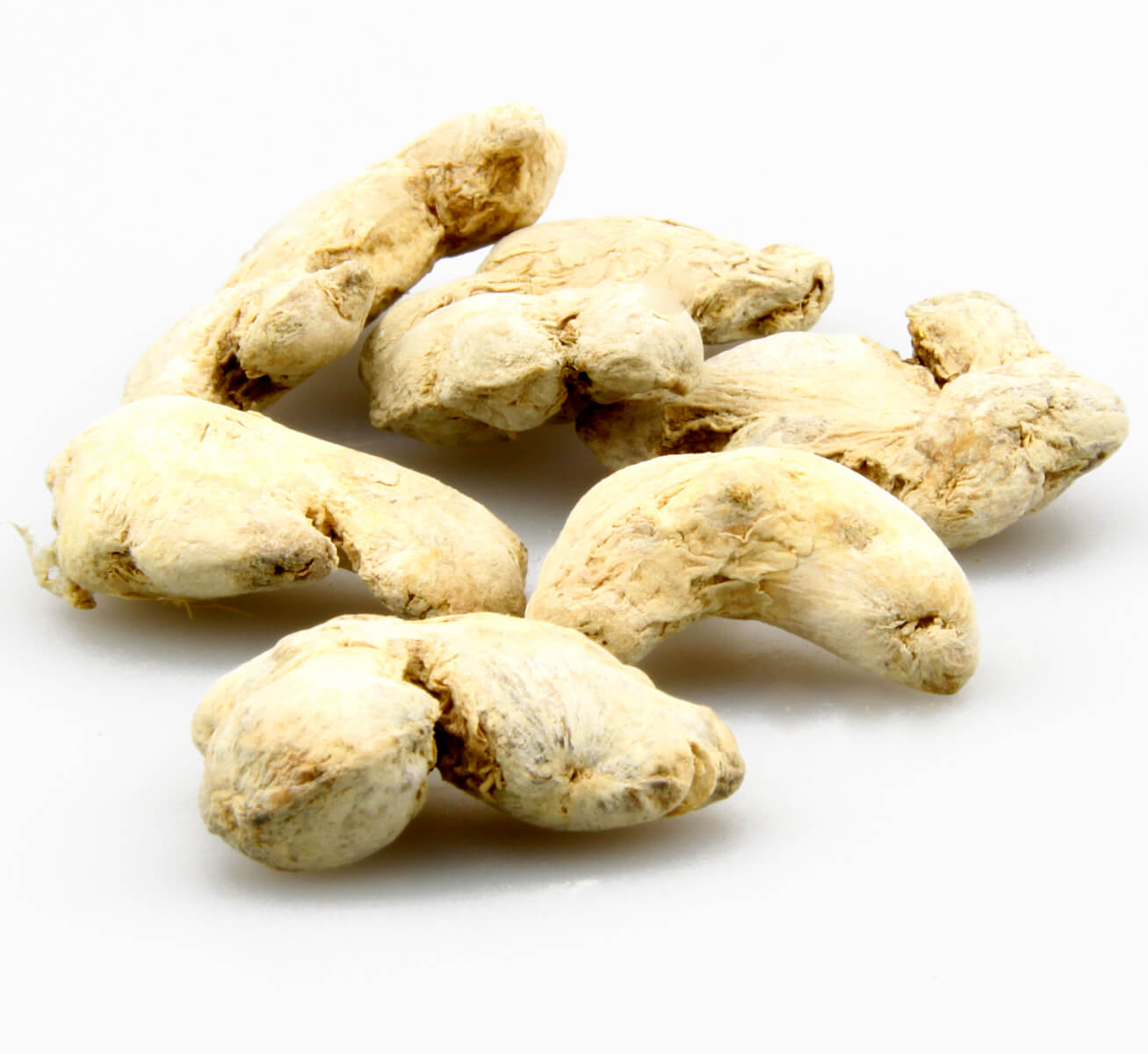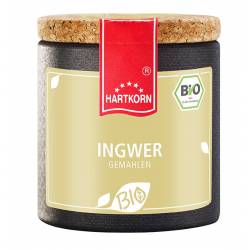Synonyms: Botanical family: origin: Classification: spice shape: flavor: odor: use: Ginger is characterized by a peculiar, strongly aromatic smell and a burning hot taste. In the kitchens of the tropical regions, fresh tubers are sometimes used. Whether fresh or dried - ginger is indispensable for many dishes and various curry powders. Fish and meat dishes in Asia are just as likely to have a hint of ginger added as in Europe to desserts, confectionery, cakes, bread, pickles and chutneys. Ginger confectionery, chocolate coated sticks of candied ginger, is a popular treat. Ginger beer and ginger ale are especially popular in the Anglo-Saxon world. tip: Recipe suggestion: knowledge: Botany: Home & Spread: cultivation & extraction: history: Ginger
General information
Application
Things to know
 Botanical name:
Botanical name:
Zingiber officinale L.
Imber, evergreen root, ginger root
Ginger plants
China, India + Brazil
spice
rootstock
aromatic, fruity, hot, slightly bitter
aromatic, with lemon note
Curry dishes, stews, poultry, lamb, fish and seafood
Ground ginger refines gingerbread, rice pudding and fruit salads
Ginger water: Peel the ginger root and cut into small pieces. Fill up with mineral water. Very refreshing and healthy!
Medicine: Used for digestive problems, loss of appetite, nausea, motion sickness and in folk medicine in the form of ginger tea for stomach problems
The ginger plant loves shady places. From its fleshy, finger-like branched rootstock, which is compressed at the sides and stuck upright in the ground, it pushes very reed-like shoots up to a height of 1.0 to 1.5 m. The flowers are yellow and have purple edges.
Ginger originally comes from the warm and humid tropical jungles of Central and Southeast Asia. Today, it is found in all tropical climates and is cultivated in various varieties mainly in China, Taiwan, India, Nigeria, Sierra Leone, the West Indies and Australia.
Ginger is propagated in the plantations by dividing and planting selected root tubers. After 8 to 10 months the newly branched root tubers can be harvested. These so-called "hands" are washed and dried. The dark-scaly green or black ginger obtained in this way is blanched, carefully peeled with special knives and often also bleached with lime powder to make it the coveted, very light-colored commodity that is sold whole or ground.
Since the early Middle Ages, ginger has been one of the most versatile spice and medicinal plants in Europe. Already in ancient times Arab spice traders brought ginger to Rome. Marco Polo reported on this plant and its cultivation after his trip to China. The Spanish later ensured the spread of ginger to the West Indies.
http://de.wikipedia.org/wiki/Ingwer







